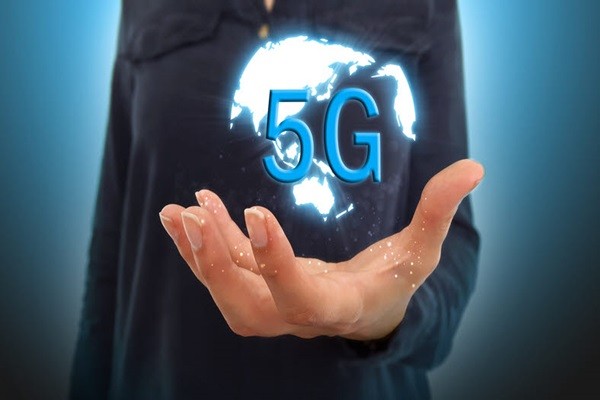South Korean telecommunications companies are preparing to build 5G millimeter wave base station that will support 28 GHz spectrum.
However, it is confirmed that they are planning on commercializing B2C (Business-to-Consumer) services using smartphones after 2021. It is expected that the commercialization of 5G using 28 GHz frequency will be limited to B2B services in the beginning.
These findings are based on the schedule of Ministry of Science and ICT (MSIT) and telecommunication companies on the commercialization of 5G using the 28 GHz band.
Telecommunications companies believe that it will be difficult to provide 5G B2C services using smartphones by the end of this year from aspects of schedule, preparation, and cost.
Network equipment and economic feasibility are the direct reasons why it is difficult to commercialize 5G using the 28 GHz band.
Telecommunications companies have yet to start selecting providers of 28 GHz 5G network equipment. While KT sent a RFP (Request for Proposal) regarding the 28 GHz band when it selecting providers of 5G equipment in 2018, it is confirmed that SK Telecom and LG Uplus did not send RFPs.
Unlike the 3.5 GHz band, there is yet to be a base station integrated with DU (Data Unit) and RU (Remote Unit) that transmits data for the 28 GHz band. It is heard that telecommunications companies are preferring integrated equipment in order to reduce costs regarding 5G.
Even if they finish selecting providers of 28 GHz 5G network equipment and start building 5G millimeter wave base stations in July, it will take at least 6 months from two months of testing connection between smartphones and network, two months of testing quality, and another two months of optimization. As a result, it will be likely that the commercialization of 5G using the 28 GHz band will be in 2021 at the least.

It is also unclear whether smartphones that can support the 28 GHz band will be released by end of this year.
Samsung Electronics and LG Electronics released Galaxy S20 and LG V60 ThinQ that support millimeter wave bands such as 28 GHz and 39 GHz respectively within the U.S. market.
However, there is a strong feeling that South Korean telecommunications companies will not request Samsung Electronics and LG Electronics to include the ability to support millimeter wave bands. According to telecommunications companies, there will be an increase between $81.69 (100,000 KRW) and $122.54 (150,000 KRW) in unit cost in order to add such ability.
They are also considering a possible “backlash” that can occur from selling smartphones with such ability at a high price when the network coverage of the 3.5 GHz band is incomplete. The 28 GHz band is currently showing its limit in network coverage within the U.S. as its access rate has been around 1% since its commercialization.
Difficulty in supply and demand of network equipment and a possibility of increased prices of smartphones in addition to economic insecurities due to COVID-19 are factors that bring insecurity.
However, telecommunications companies are planning to carry out their plans on building their networks according to their initial plans as close as possible. Based on requirements presented by MSIT during an auction for frequencies, they have to build at least 15,000 base stations by the end of this year.
In case of the 28GHz band, they are considering service models entirely from a standpoint of B2B (Business-to-Business).
Through partnerships between telecommunications companies and the manufacturing industry and through few smart factories, there is a high chance that telecommunications companies commercialize B2B service models through B2B modules or dongles (mobile hotspot) first.
Ultra-low latency and giga-level speed of the 28 GHz band are perfect for B2B services. It will be interesting to see whether telecommunications companies reenact how they commercialized 3.5 GHz 5G services through B2B Dongle in December of 2018 and commercialized 3.5 GHz 5G services through Smartphones in April of 2019.
Fact that MSIT and telecommunications companies announced that they would “commercialize” 5G SA (Standalone) and “build” the 28 GHz band by the end of this year through the third 5G+ Strategy Committee meeting supports such predictions.
However, if telecommunications companies find definite B2C service models within the 28 GHz band, there is a chance that they will push forward the commercialization of such models.
“Although we are looking at many possibilities regarding 5G services using the 28 GHz band, we have nothing set in stone yet.” said a representative for a telecommunications company. “Although we need to look at conditions of the market, it is true that there are many difficulties in commercializing B2C services using smartphones by the end of this year.”
Staff Reporter Park, Jisung | jisung@etnews.com